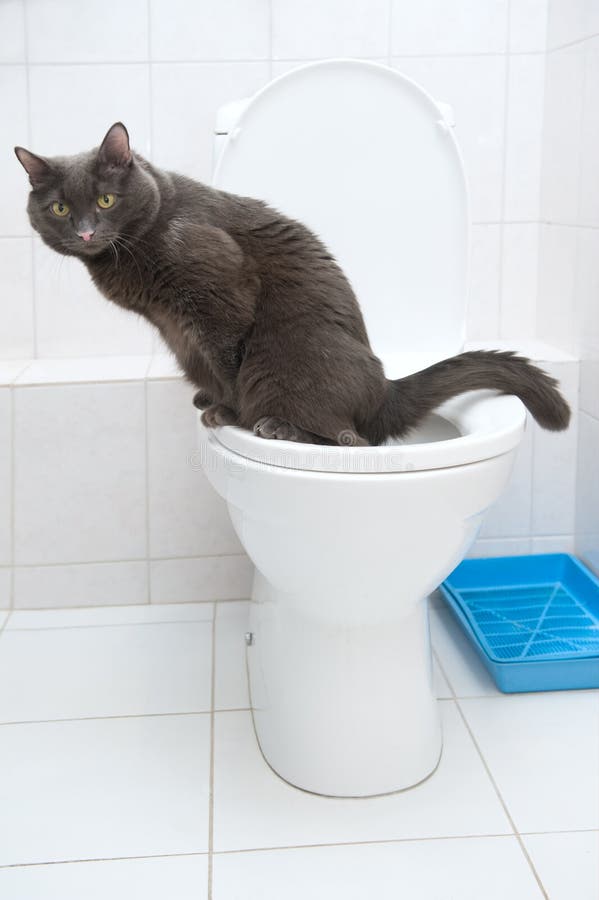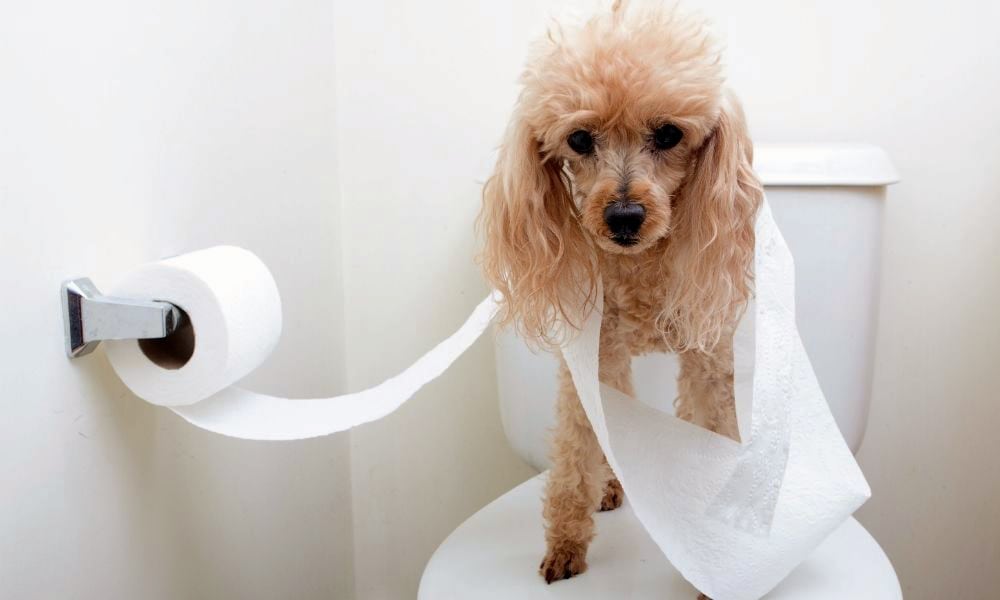Why You Must Never Flush Animal Waste Down the Toilet
Why You Must Never Flush Animal Waste Down the Toilet
Blog Article
The writer is making a few great observations related to Can You Flush Dog and Cat Poo Down the Toilet? overall in this article followed below.

When it comes to disposing of waste, especially animal waste, many individuals usually turn to the hassle-free choice of flushing it down the toilet. Nonetheless, this seemingly very easy option can have serious repercussions for the environment and public health. In this article, we'll explore why flushing pet waste down the bathroom is a negative idea and provide alternative methods for proper disposal.
Introduction
Proper garbage disposal is essential for preserving ecological sustainability and public health. While it might seem safe to flush animal waste down the commode, it can result in numerous issues, both for the environment and human well-being.
Risks of flushing pet waste
Environmental impact
Flushing pet waste introduces dangerous germs and virus into waterways, which can adversely impact marine environments. These pathogens can pollute water resources and harm marine life, disrupting delicate ecosystems.
Public health concerns
Animal waste includes unsafe bacteria such as E. coli and Salmonella, which can posture significant health risks to human beings. Flushing pet waste down the bathroom can infect water materials, causing the spread of illness and infections.
Alternatives to flushing
Rather than flushing animal waste down the toilet, there are a number of alternate disposal approaches that are much more environmentally friendly and hygienic.
Composting
Composting pet waste is an environmentally friendly way to take care of it. By composting, organic matter is broken down right into nutrient-rich soil, which can be utilized to feed gardens and plants.
Garbage dump disposal
Disposing of pet waste in a land fill is an additional choice. While not as eco-friendly as composting, it is a much safer choice to flushing, as it avoids the contamination of water sources.
Pet dog waste disposal systems
There are customized pet dog waste disposal systems readily available that securely and hygienically take care of pet waste. These systems frequently use enzymes to break down waste and remove smells.
Actions to proper pet waste disposal
To guarantee correct disposal of pet waste, adhere to these actions:
Scooping and landing waste
Routinely scoop and bag animal waste using eco-friendly bags. This prevents waste from contaminating the atmosphere.
Making use of designated waste bins
Dispose of bagged animal waste in marked waste bins, such as compost containers or land fill bins. Avoid flushing it down the commode in all expenses.
Cleansing litter boxes and animal areas on a regular basis
Regularly clean can and family pet locations to stop the accumulation of waste and microorganisms. Usage pet-safe cleansing products to preserve health.
Advantages of appropriate disposal techniques
Embracing proper disposal techniques for pet waste supplies numerous advantages:
Minimized environmental pollution
Proper disposal techniques decrease the threat of environmental pollution, securing rivers and ecosystems from contamination
Minimized threat of water contamination.
By preventing flushing pet waste down the bathroom, the risk of water contamination is significantly minimized, guarding public health.
Improved sanitation and health
Appropriate disposal methods advertise better hygiene and health, developing a more secure atmosphere for both human beings and pets.
Verdict
In conclusion, purging pet waste down the commode is unsafe to the setting and public health. By adopting alternate disposal methods and adhering to proper waste monitoring techniques, we can reduce the negative influence of animal waste and add to a cleaner, much healthier world.
What To Do With Dog Poo – The Do's And Don'ts Of Disposing Of Faeces
Dog poo bins
Some councils provide dedicated dog waste bins in popular dog-walking areas that can take dog poo that has been bagged but you can legally dispose of dog waste in any public litter bin, as long as it is securely bagged. This also applies to your wheelie bin at home.
Do not flush
Water companies do not recommend flushing dog faeces down the toilet because certain parasites can survive the water processing treatment and are potentially harmful to humans. You should also never consider flushing dog poo that has been bagged down the toilet as the bags will not break down and instead create severe blockages in the sewage system.
In the woods
The Forestry Commission promotes a ‘stick and flick’ method for dealing with waste in the woods. This means finding a stick and using it to flick any poo from off the path so that it is out of the way of other walkers. You could also bury it as long as it is not in an area where there might be livestock.
Livestock
Parasites found in dog poo can be transmitted to livestock if they inadvertently eat infected faeces that has been left on grazing land. This could result in the death of sheep or abortion in cattle so you should always make sure you pick up your dog’s waste in fields where livestock could be present.

Regularly clean can and family pet locations to stop the accumulation of waste and microorganisms. Usage pet-safe cleansing products to preserve health.
Advantages of appropriate disposal techniques
Embracing proper disposal techniques for pet waste supplies numerous advantages:
Minimized environmental pollution
Proper disposal techniques decrease the threat of environmental pollution, securing rivers and ecosystems from contamination
Minimized threat of water contamination.
By preventing flushing pet waste down the bathroom, the risk of water contamination is significantly minimized, guarding public health.
Improved sanitation and health
Appropriate disposal methods advertise better hygiene and health, developing a more secure atmosphere for both human beings and pets.
Verdict
In conclusion, purging pet waste down the commode is unsafe to the setting and public health. By adopting alternate disposal methods and adhering to proper waste monitoring techniques, we can reduce the negative influence of animal waste and add to a cleaner, much healthier world.
What To Do With Dog Poo – The Do's And Don'ts Of Disposing Of Faeces
Dog poo bins
Some councils provide dedicated dog waste bins in popular dog-walking areas that can take dog poo that has been bagged but you can legally dispose of dog waste in any public litter bin, as long as it is securely bagged. This also applies to your wheelie bin at home.
Do not flush
Water companies do not recommend flushing dog faeces down the toilet because certain parasites can survive the water processing treatment and are potentially harmful to humans. You should also never consider flushing dog poo that has been bagged down the toilet as the bags will not break down and instead create severe blockages in the sewage system.
In the woods
The Forestry Commission promotes a ‘stick and flick’ method for dealing with waste in the woods. This means finding a stick and using it to flick any poo from off the path so that it is out of the way of other walkers. You could also bury it as long as it is not in an area where there might be livestock.
Livestock
Parasites found in dog poo can be transmitted to livestock if they inadvertently eat infected faeces that has been left on grazing land. This could result in the death of sheep or abortion in cattle so you should always make sure you pick up your dog’s waste in fields where livestock could be present.

We were guided to that article on through an associate on another web address. Do you know another person who is sincerely interested in the niche? Do not hesitate to promote it. Thank you so much for your time spent reading it.
Set Up An Appointment Report this page